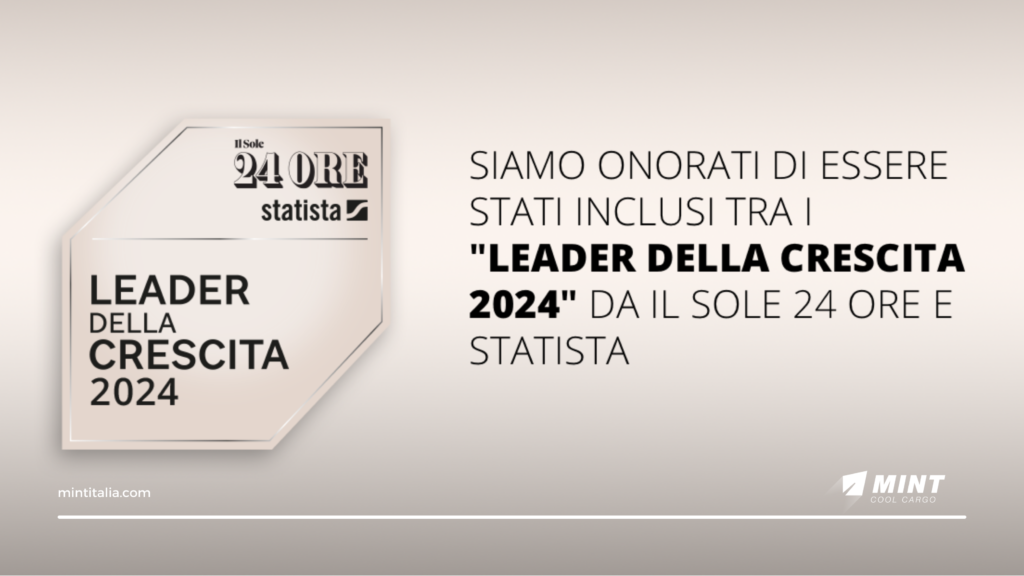Authorities in the maritime sector are responding to the threat posed by global warming. In late 2022, the International Maritime Organisation (IMO) announced that, as of January 1, 2023, new rules would come into place to make it mandatory for all ships to measure their energy efficiency and initiate the collection of data for reporting their carbon emissions.
The impact of these rules is yet to be fully realized within the shipping industry, but one can certainly forecast the effect they’ll have on the many older vessels still in service.
Options include reduced ship speed to lower emissions, hull cleaning to reduce drag, installation of low-energy light bulbs, and reliance on solar or wind auxiliary power for onboard accommodation services. In the short term, these regulations are sure to incur higher costs for older ships that weren’t designed for the modern era of carbon compliance.
Adaption and adoption are two keywords that must be kept in mind by supply chain professionals as we head into 2023. Stricter sustainability regulations in shipping have been a long time coming, and carriers will be keeping a close eye on which ships are compliant with regulations.
Sweeping measures such as these will always bring a level of uncertainty to an industry as historical and complex as maritime shipping, and fears that these changes could reduce market capacity in the next couple of years are not unfounded.









